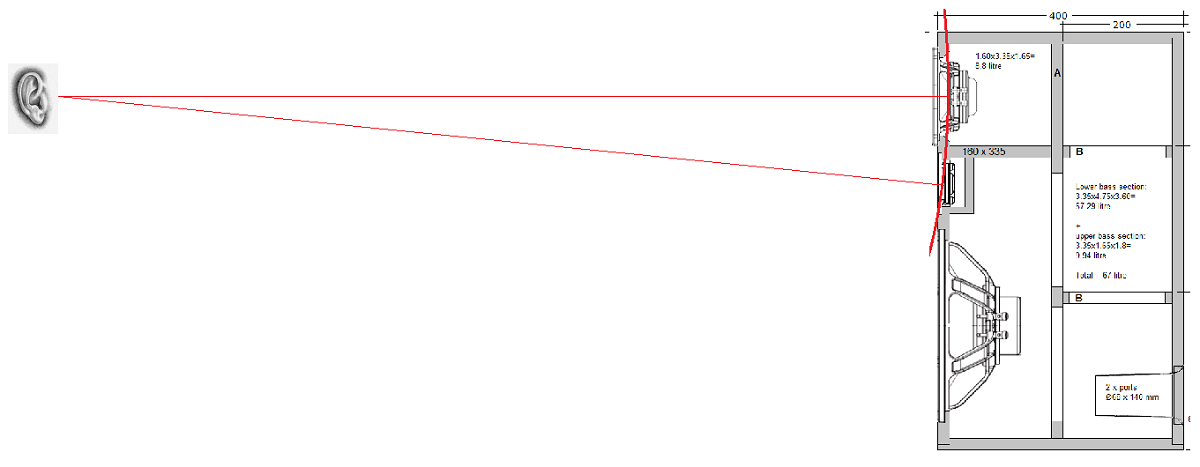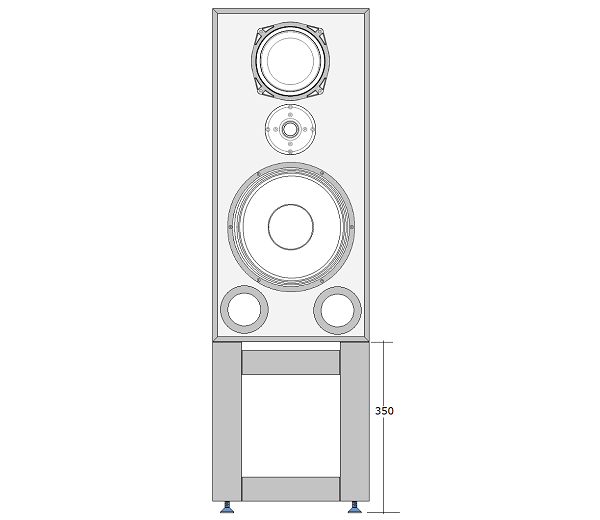Technically, the only issue should be the height relative to the ear. The usually arrangement is probably mostly for aesthetics.
The tweeter should be close to the midrange (or the woofer in a 2-way) because of the wavelength. But let's assume the crossover between the woofer & midrange is 1kHz. That's a wavelength of about 1 foot so they don't have to be super-close together. And what's really critical is the distance-difference to your ears. If the distance from the different drivers to your ears is the same the soundwaves will arrive in-phase. At a half-wavelength they will be out-of-phase and cancel. And this is only critical around the crossover frequency where both drivers are putting-out about the same sound level.
I have some old Pioneer 5-ways and I haven't had the grills off recently but from what I remember the drivers are kind-of arranged "randomly". Probably so they can all fit on the baffle...

The tweeter array in my wacko "speaker stack" is near the 8-foot ceiling in my living room (angled down).

The Pioneer's are my rear speakers. "Floor Standards" hanging near the ceiling above my couch. The center speaker in this mis-matched setup not in the same league as the others.




